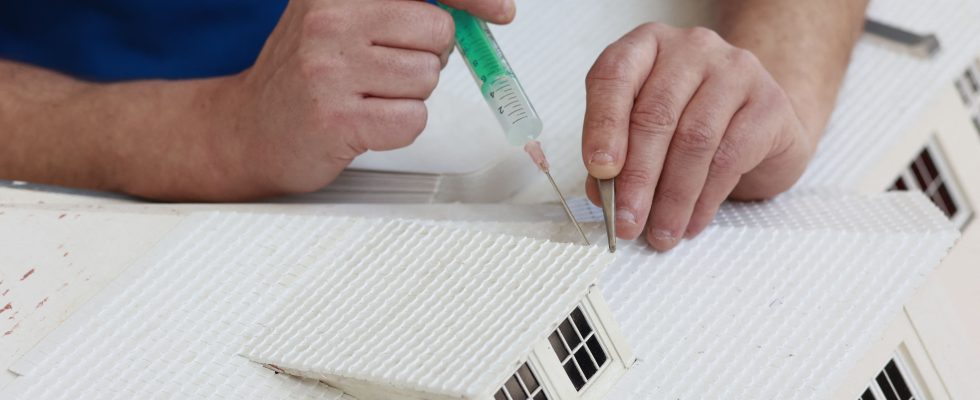Like many areas related to the environmental crisis, we already know the technical solutions to be put in place for a more sustainable future: energy sobriety of buildings, biosourced and local materials, renunciation of the reflex of new and concrete, constructions designed for several lives. , reuse and recycling of equipment, densification of the city, renaturation of the soil… The many levers of action reviewed in this dossier depend on structural and financial support, as well as on the willingness of local actors to engage the change.
Meeting environmental challenges
Young generations of professionals are aware of the need to evolve and integrate environmental challenges during their training. “In architecture school today, end-of-study dissertations talk about wastelands, rehabilitation, short circuits… We are far from the old-fashioned architectural gesture!”, underlines Christine Leconte, president of the Order architects. An evolution of consciousness coupled with a new creativity, which integrates the constraints of existing cities. Because we now have to deal with what has already been built and invent new techniques to overcome the infernal construction-demolition binomial.
But this awareness must go even further, reach all areas of construction and affect the training of engineers, project owners or companies. “Yes, we know how to transform offices into housing in ambitious and extraordinary projects, but we must now generalize these new practices to the whole sector”, develops Christine Leconte, for whom the models – in particular economic – still correspond to the city. from before. Getting out of these obsolete practices would also make it possible to better appropriate the spaces by breaking the standards, thus rediscovering the affection given to buildings that resemble us and that carry the identity of a territory.
More and more legislation
In recent years, legislation has continued to be strengthened on climate transition issues in the building sector. Environmental regulations 2020 (RE2020), tertiary decrees, zero net artificialisation, BEPOS building (positive energy building)… Legislative provisions follow one another to the chagrin of some elected officials who, without training on the subject, find themselves destitute. This is why the “one mayor, one architect” system was set up by the Order of Architects (30,000 members) to advise and support politicians who so wish on issues of town planning, quality of life and environmental standards. But the question of funding remains. “When the State promotes very strong public policies, such as stopping the net artificialization of the soil, you have to put the means behind”, points out Christine Leconte. This support budget should also be discussed in the coming months if the political agenda allows it.
If 80% of the city of tomorrow already exists, the actors of change are still hampered by a lack of means. However, the challenges are ever more present. Beyond decarbonization, the city and the tertiary sector in the coming years must be thought through the prism of the limits of our planet. Closer, more adaptable, less standardized: the offices of tomorrow will be sober or not.
